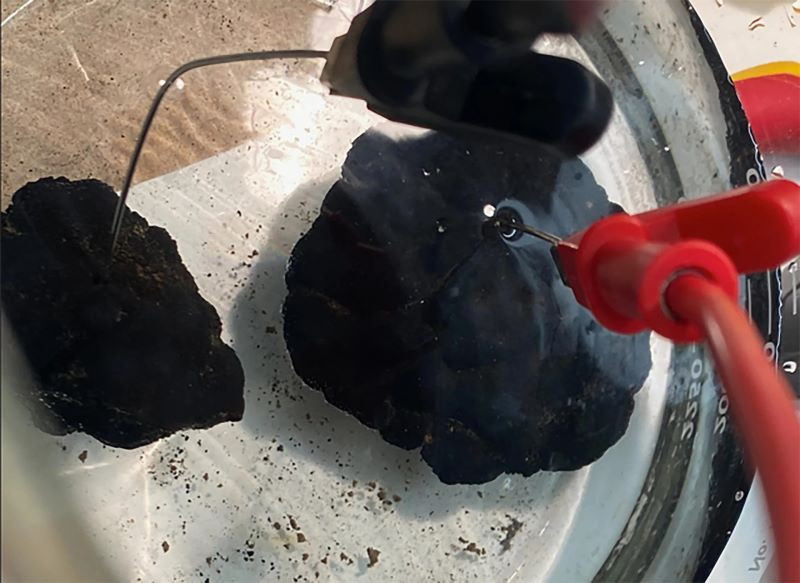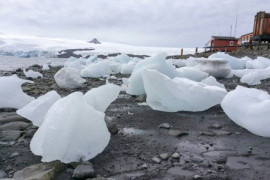
An international study has found that deep-sea minerals generate oxygen in total darkness, suggesting an alternative oxygen source predating photosynthetic life. This discovery could impact deep-sea mining, emphasizing the need for sustainable practices to protect these oxygen sources. The discovery was first appeared in peer reveiw Journal Nature and then various secondary news outlets.
Oxygen Production in the Depths
An international team of researchers, including a chemist from Northwestern University, has discovered that metallic minerals on the deep-ocean floor produce oxygen 13,000 feet below the surface.
This surprising finding challenges the long-held belief that only photosynthetic organisms, such as plants and algae, generate Earth's oxygen. The study, published in the journal Nature Geoscience, shows oxygen can also be produced at the seafloor, where no light can penetrate, supporting aerobic sea life in complete darkness.
Polymetallic Nodules Unveiled
Andrew Sweetman of the Scottish Association for Marine Science (SAMS) made the "dark oxygen" discovery during fieldwork in the Pacific Ocean. Franz Geiger of Northwestern led the electrochemistry experiments explaining the finding.
"For aerobic life to begin on the planet, there had to be oxygen, and our understanding has been that Earth's oxygen supply began with photosynthetic organisms," said Sweetman. "But we now know there is oxygen produced in the deep sea, where there is no light."
Polymetallic nodules, natural mineral deposits on the ocean floor, are central to this discovery. These nodules contain metals such as cobalt, nickel, copper, lithium, and manganese, all critical for battery production.
Implications for Deep-Sea Mining
"The polymetallic nodules that produce this oxygen contain metals such as cobalt, nickel, copper, lithium, and manganese," said Geiger. "Several large-scale mining companies aim to extract these elements from the seafloor. We need to rethink how to mine these materials so that we do not deplete the oxygen source for deep-sea life."
Sweetman discovered oxygen production while sampling the seabed of the Clarion-Clipperton Zone, a submarine ridge extending nearly 4,500 miles in the Pacific Ocean. Initially suspecting equipment malfunction, Sweetman's team confirmed the findings with alternative methods over a decade.
Hidden 'Geobatteries' at Play
In 2023, Sweetman contacted Geiger to discuss the oxygen source. Geiger's previous work showed rust combined with saltwater could generate electricity. The researchers hypothesized that the deep-ocean's polymetallic nodules could generate enough electricity to produce oxygen through seawater electrolysis.
Testing this hypothesis, the team found that just 1.5 volts is enough to split seawater, with nodules generating up to 0.95 volts. "It appears that we discovered a natural 'geobattery,'" Geiger said.
A New Consideration for Miners
The researchers agree that the mining industry should consider this discovery before proceeding with deep-sea mining. Geiger noted that mined sites from the 1980s have not recovered, highlighting the need for cautious and sustainable mining strategies.
"In unmined regions, marine life flourished," Geiger said. "This puts a major asterisk onto strategies for seafloor mining as ocean-floor faunal diversity in nodule-rich areas is higher than in the most diverse tropical rainforests."











1721576508-0/drake-(2)1721576508-0-270x192.webp)










COMMENTS
Comments are moderated and generally will be posted if they are on-topic and not abusive.
For more information, please see our Comments FAQ